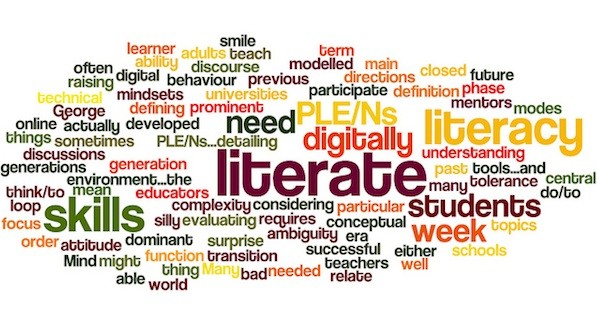Teaching Digital Literacy

In literate societies, the idea of teaching someone how to read but not how to write is practically inconceivable. The dual connection between reading and writing is built into the very notion of literacy, making it a challenge to understand how someone could possibly do one without the other. It is safe to say that being able to use a medium as well as understand the processes of creation in that medium are the dual foundations of literacy in all media. This is the premise underlying the argument of media scholar Douglas Rushkoff's new book, Program or Be Programmed: Ten Commands for a Digital Age. In it, he contends that we have produced a generation of digital illiterates who understand how to use technology but not how the software that runs the technology they use is programmed. As he puts it, "We teach kids how to use software to write, but not how to write software" (p. 13). Those who fail to do this run the risk of being "programmed" by that software, not understanding how the decisions made by programmers "work on us" (p. 13), or affect our decisions while we use that software.
After the introductory chapter, the book is arranged in a series of ten chapters on how we can understand and respond to the influences of digital technologies on our personal lives, from the ways in which we establish identities online and how these identities do or do not hold us responsible for our online discourse, to the need to deal with the always-on connectivity of digital networks. While the book deals with complicated topics, it would be an excellent text for discussing digital literacies with advanced secondary school students.
Program or Be Programmed presents a compelling and important thesis that should be of interest to anyone concerned with the ways in which digital media are affecting learning and society. Fortunately there is already work being done in this area, much of it by DMLCentral collaborator Howard Rheingold who identified the need for networks and information literacy in education. Rushkoff's book is a valuable addition to this discussion.
Here's a video of Rushkoff discussing some of the ideas in Program or be Programmed:
Banner image credit: Chris P. Jobling http://www.flickr.com/photos/cpjobling/5111708008/in/set-72157624872577669/